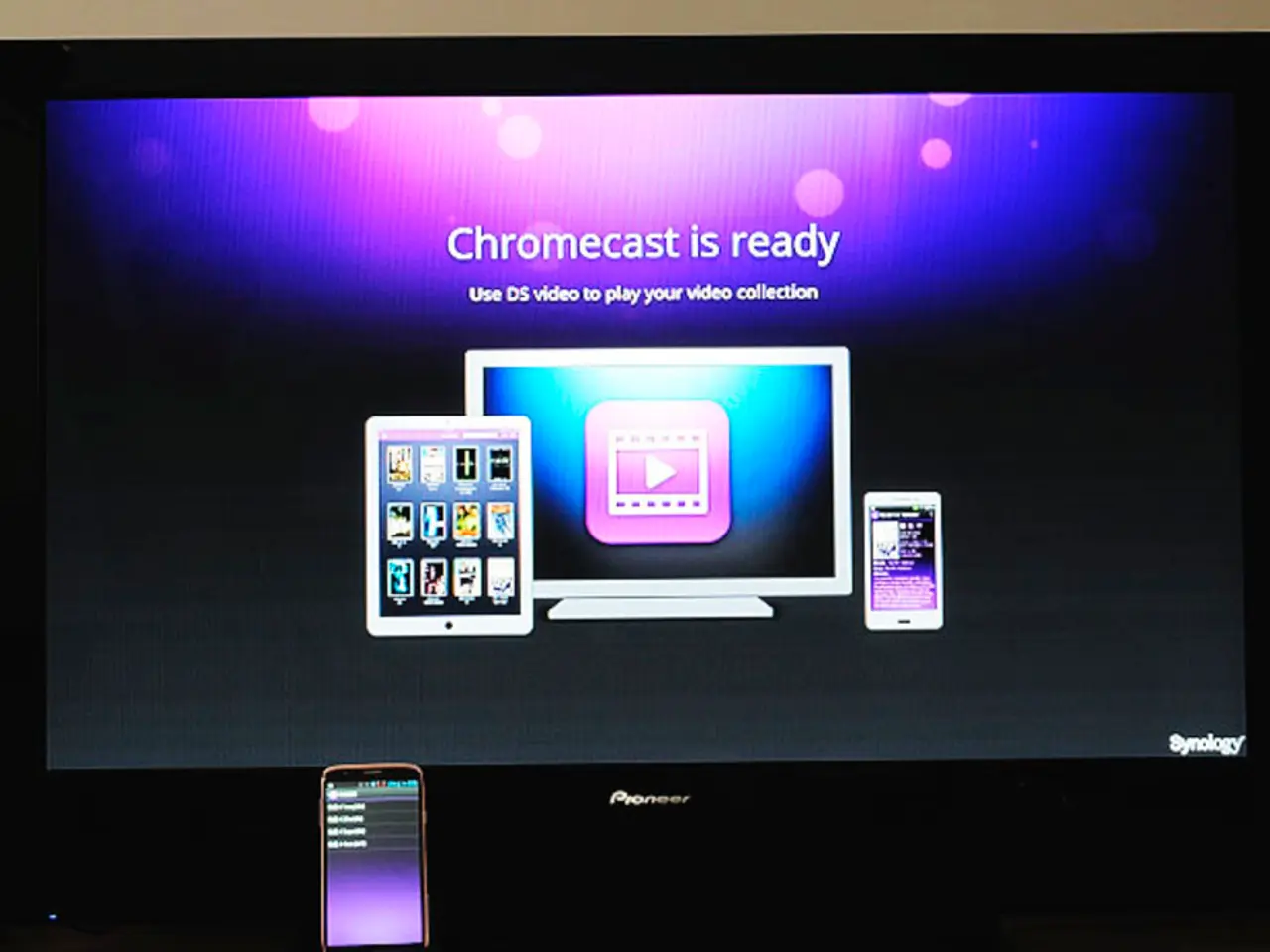Broadening Equal Opportunities and Accessibility in Healthcare at VIVE 2022
In a bid to bridge the gap in healthcare access for rural communities, a strategic approach that addresses both broadband connectivity issues and digital literacy challenges is necessary.
Dr. Jennifer Schneider, CEO of Homeward, is spearheading the charge for hyperpersonalized care in rural communities. Meanwhile, Dr. Carlos M. Nunez, chief medical officer of ResMed, underscores the importance of protecting patient data, given the enormous responsibility that comes with data protection.
The first step in this multi-pronged approach involves expanding and stabilizing broadband infrastructure. Many rural areas still lack reliable connectivity, making investment in stable, high-speed internet access crucial. Federal programs such as the USDA Distance Learning and Telemedicine grants, FCC’s RDOF and BEAD initiatives, and HRSA telehealth funding support infrastructure enhancement. Cellular-enabled devices can also be leveraged, as they do not require home internet access, making remote patient monitoring feasible even without broadband.
Telehealth and remote patient monitoring (RPM) are essential extensions of healthcare access. Telehealth can bridge geographic divides by facilitating virtual consultations, diagnostics, and follow-ups, reducing travel burdens and addressing rural provider shortages. RPM supports ongoing chronic disease management and post-discharge monitoring using cellular devices, enabling proactive interventions and personalized care without internet dependence.
To ensure the success of these technologies, it's essential to design accessible, easy-to-use technology platforms. Interfaces optimized for simplicity, local languages, and cultural relevance improve usability among rural populations with varying digital literacy levels. AI-driven tools can automate routine tasks to support clinics with limited staff while enhancing patient engagement.
Providing comprehensive digital literacy training for both healthcare workers and patients is also crucial. Training healthcare providers on technology use, cybersecurity, and patient data privacy ensures confident telehealth delivery. Concurrently, patient education—potentially augmented by AI-based health education tailored for rural users—can improve understanding and trust in digital health services.
Integrating telehealth with social, economic, and community initiatives can further strengthen digital inclusion. Partnerships among health workers, technology companies, policymakers, and community organizations promote sustainable infrastructure and resource allocation.
Advanced initiatives like ARPA-H’s PARADIGM project aim to bring hospital-level diagnostics and treatments to rural areas via mobile clinics equipped with cutting-edge technologies, potentially circumventing some infrastructure barriers.
Dr. Vindell Washington, CEO of digital health management company Onduo, highlights trust as a major obstacle in the move towards value-based care. Consistent care delivery and respect for communities are crucial in building this trust.
Royal Tuthill, general manager of ambulatory and population health at digital patient engagement company Get Well, discusses the importance of shifting from tool provision to a value-based solution in partnerships. Dr. Jennifer Schneider emphasizes the importance of meeting patients where they are, fitting healthcare into their everyday lives.
Industry experts discussed the importance of trust and collecting key data to increase equity and access. Digital literacy rates show stark divisions among the population, with millions of Americans lacking broadband connectivity, particularly in rural areas. Dr. J. Nwando Olayiwola, chief health equity officer and SVP at Humana, stated that every conversation in healthcare should consider the equity component, just like quality improvement.
By addressing broadband access through infrastructure and alternative connectivity solutions, tailoring technology to rural users' needs and literacy levels, training providers and patients, leveraging policy support and funding, and deploying innovative care models such as telehealth, RPM, and mobile clinics, we can overcome both connectivity and digital literacy challenges, ultimately improving rural healthcare access and outcomes.
- Science plays a significant role in addressing chronic diseases like chronic kidney disease and cancer through telehealth and remote patient monitoring (RPM).
- Workplace-wellness initiatives, focusing on mental health, fitness, and exercise, can help improve overall health and wellness in rural communities.
- To support effective telehealth delivery and digital literacy, comprehensive training programs should be implemented for healthcare workers.
- An essential aspect of rural healthcare access is implementing data-and-cloud-computing systems with stringent data protection measures, as highlighted by Dr. Carlos M. Nunez.
- As part of the multi-pronged strategy, education-and-self-development platforms can help rural communities gain essential skills necessary for career-development and goal-setting.
- Entrepreneurship and business savvy can lead to creative solutions for rural healthcare access and careers in fields like technology and finance.
- By integrating diversity-and-inclusion principles into healthcare delivery, we can create a more equitable environment for patients from various backgrounds.
- Personal-growth and mindfulness practices can enhance mental health and improve the management of chronic diseases.
- Recipe ideas tailored for home-and-garden settings can help promote healthy eating habits and lifestyle changes, benefiting food-and-drink choices for rural communities.
- Leveraging sports-betting platforms and the WNBA for community engagement can increase interest in sports, leading to improved physical activity.
- NCAAd Basketball and NBA games offer inspiring examples of leadership, perseverance, and teamwork for aspiring individuals in rural communities.
- Skills-training programs and training materials in leadership, project management, and strategic planning can benefit rural entrepreneurs and policymakers.
- Advances in technology, such as the PARADIGM project by ARPA-H, are providing innovative solutions for bringing healthcare resources to rural areas.
- By addressing the digital literacy challenge in rural communities, we can empower patients to take control of their health and wellness through technology and data-driven decision making.
- Culinary workshops and cooking classes can promote food-and-drink education in rural areas, contributing to a healthier lifestyle.
- Collaborative partnerships between policymakers, healthcare providers, and community organizations can help create a local ecosystem that supports the success of healthcare initiatives.
- With this comprehensive approach to rural healthcare access, we can strive for better health outcomes, improved quality of life, and increased equity for rural communities.




